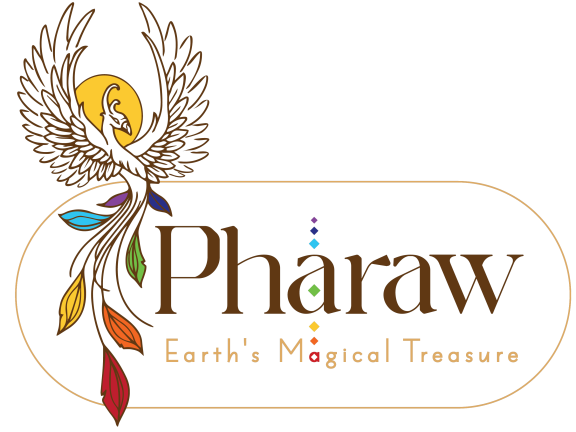

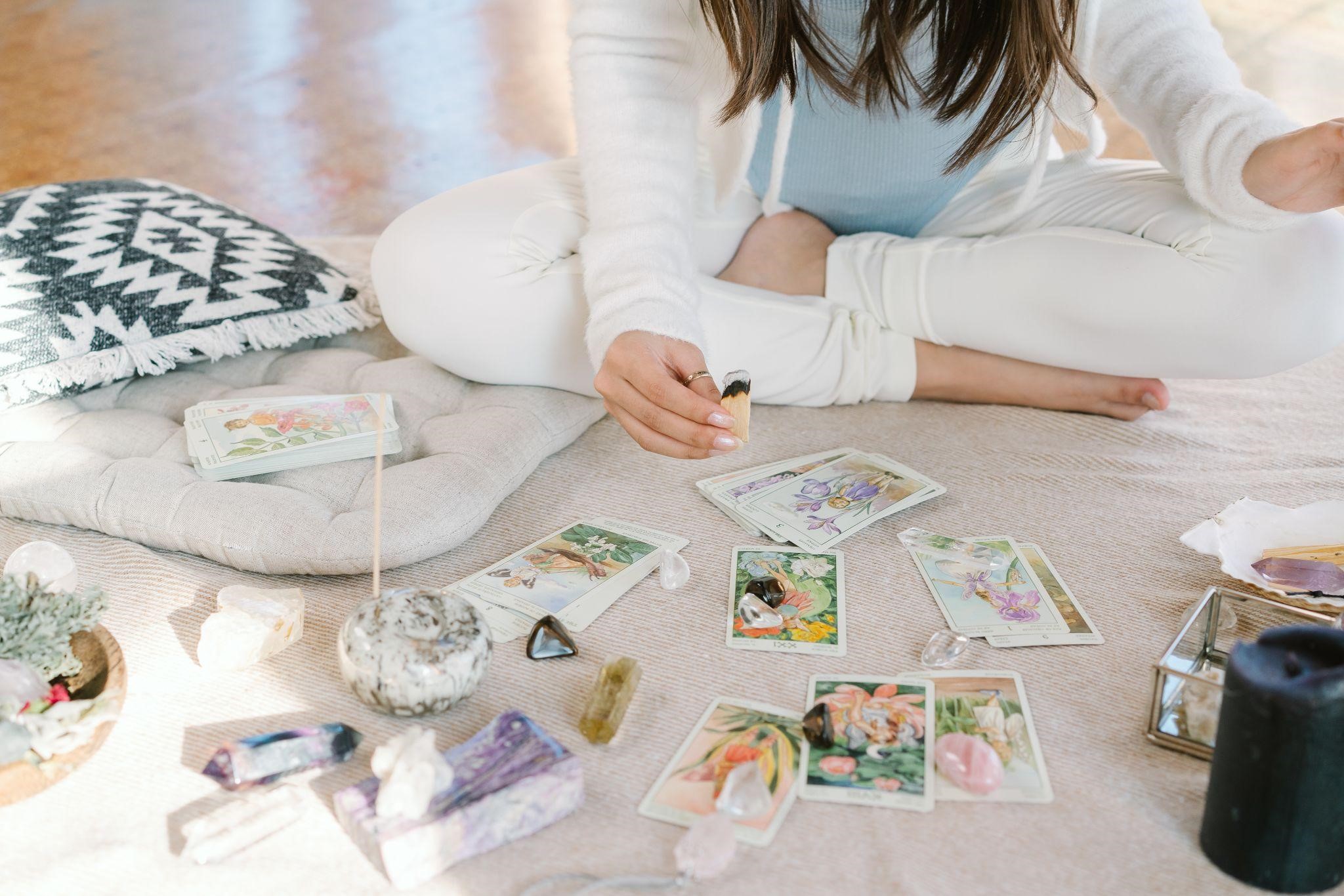
"Tarot: Unveiling the Mysteries of the Soul - A Journey of Self-Discovery"
In a world filled with uncertainty and complexities, the ancient art of tarot holds a captivating allure, offering seekers a glimpse into the depths of their subconscious and the mysteries that shape their lives. For centuries, tarot cards have been used as powerful tools for divination, introspection, and self-discovery, providing profound insights into the past, present, and future.
The art of tarot revolves around a deck of 78 cards, each adorned with vivid imagery and symbols that hold profound meanings and archetypal wisdom. Whether you are a seasoned tarot enthusiast or someone just stepping into this esoteric realm, the journey through the cards promises a transformative experience like no other.
The Origins of Tarot: The origins of tarot can be traced back to the 15th century, where it emerged as a game played by nobles in Europe. Over time, the mystical properties of the cards were discovered, and they evolved into a powerful tool for spiritual guidance and personal growth. Delve into the fascinating history of tarot, exploring its roots and evolution into the influential divination practice it is today.
Unraveling the Symbolism: Central to the allure of tarot lies the rich symbolism embedded within each card. From the enchanting Fool to the enigmatic Death card, every image conveys a profound message about the human experience and our journey through life's trials and triumphs. Learn to decipher the symbols and tap into the ancient wisdom they carry, unlocking hidden meanings that speak to your soul.
Connecting with Intuition: Tarot readings transcend logical reasoning and invite us to embrace our intuition. As we shuffle the cards and lay them before us, we open a channel to our inner wisdom and subconscious mind. Discover the art of tuning into your intuition during tarot readings, allowing the cards to guide you toward greater self-awareness and personal transformation.
Tarot for Self-Discovery: Beyond fortune-telling, tarot serves as a powerful tool for self-discovery and introspection. Engage in reflective tarot practices that empower you to explore your deepest desires, fears, and aspirations. Embrace the process of self-discovery as you navigate the intricacies of your thoughts and emotions through the lens of tarot. Embracing the Journey.Tarot is not merely about predicting the future, but rather, it is a journey of self-empowerment and acceptance. As you embark on this mystical path, embrace the ups and downs, challenges, and insights that the cards offer. Embrace the wisdom of tarot, empowering yourself to make informed decisions and create a life aligned with your true purpose.
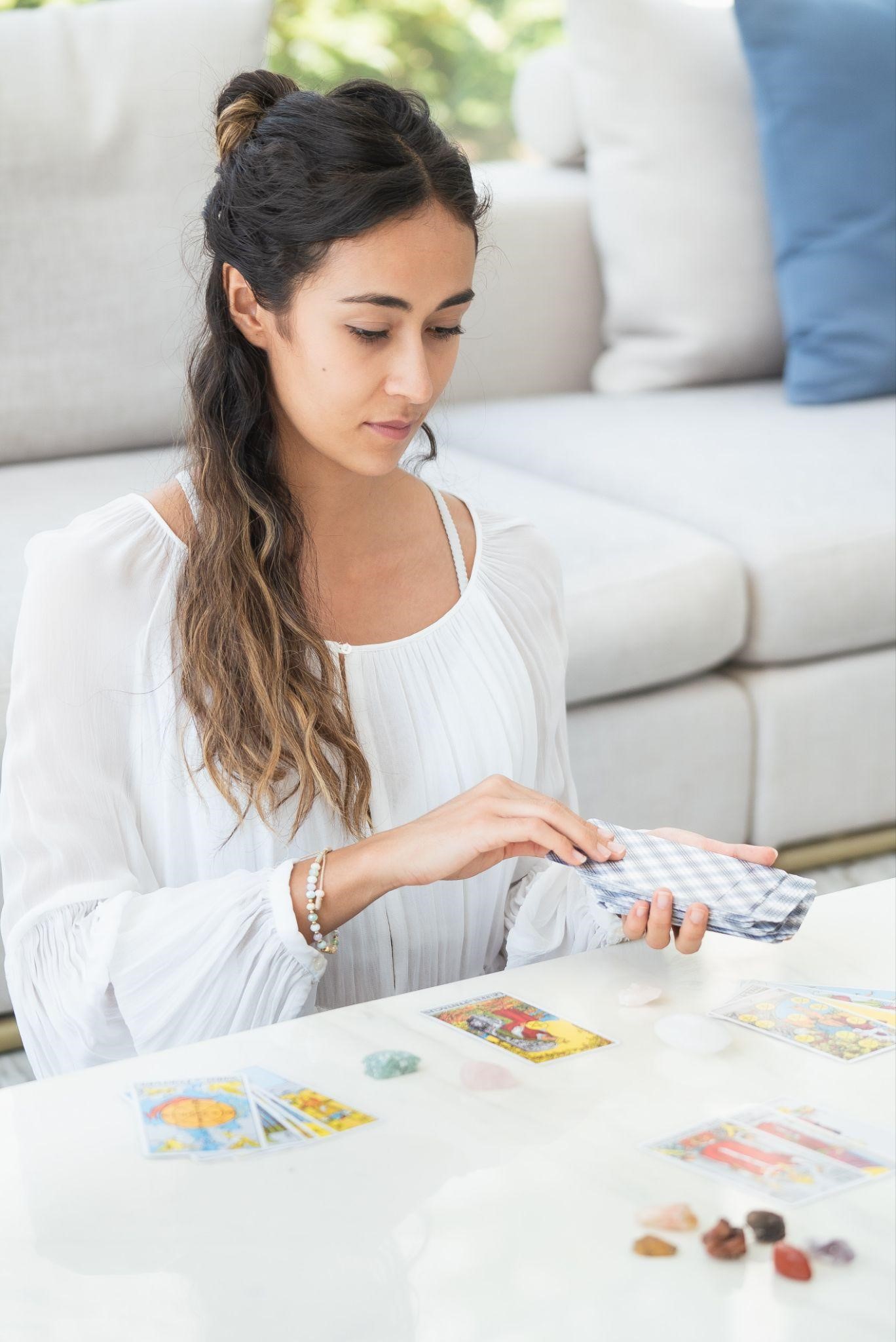
Tarot cards are a deck of 78 cards that hold symbolic meanings and are used for divination, self-exploration, and spiritual guidance. The tarot deck is typically divided into two main groups:
Major Arcana: Consisting of 22 cards, the Major Arcana represents significant life events, archetypal energies, and spiritual lessons. Each card in this group carries a unique and powerful message, depicting various stages of the human journey, from initiation (The Fool) to transformation (Death) and enlightenment (The World).
Minor Arcana: Comprising the remaining 56 cards, the Minor Arcana is further divided into four suits—Cups, Wands, Swords, and Pentacles (or Coins). Each suit is associated with different elements (water, fire, air, and earth) and corresponds to different aspects of life, such as emotions, creativity, thoughts, and material aspects.
Interpreting Tarot Cards: The interpretation of tarot cards involves tapping into intuition, symbolism, and personal associations to understand the messages conveyed. A tarot reading typically involves drawing cards and arranging them in specific spreads, representing different aspects of the seeker's life or the question at hand.
Some common meanings of Major Arcana cards:
● The Fool: Beginnings, new opportunities, and a leap of faith.
● The Magician: Manifestation, creativity, and harnessing personal power.
● The High Priestess: Intuition, subconscious mind, and spiritual wisdom.
● The Empress: Nurturing, abundance, and feminine energy.
● The Emperor: Authority, structure, and masculine energy.
● The Lovers: Union, choices, and emotional connections.
● The Chariot: Determination, control, and progress.
● The Hermit: Soul-searching, introspection, and inner guidance.
● Justice: Fairness, balance, and consequences of actions.
● The Hanged Man: Surrender, letting go, and gaining new perspectives.
● Death: Transformation, endings, and new beginnings.
● The Devil: Temptation, materialism, and self-imposed limitations.
● The Tower: Sudden change, upheaval, and revelations.
● The Star: Hope, inspiration, and spiritual guidance.
● The Moon: Illusions, emotions, and hidden aspects.
● The Sun: Success, vitality, and optimism.
● Judgment: Rebirth, self-reflection, and awakening.
● The World: Fulfillment, completion, and integration.
The Minor Arcana is one of the two main divisions of the tarot deck, alongside the Major Arcana. It consists of 56 cards and is further divided into four suits: Cups, Wands, Swords, and Pentacles (or Coins). Each suit represents different aspects of life and carries its own unique symbolism and themes. The Minor Arcana cards often deal with day-to-day experiences, challenges, emotions, and events that we encounter in our lives. Interpreting Minor Arcana cards involves considering the elements, numerology, and the specific meaning of each card in relation to its suit. For example, Cups represent emotions, love, and relationships, while Swords symbolize thoughts, communication, and conflicts.
Here is an overview of the four suits and their general meanings:
Cups: The Cups suit is associated with emotions, feelings, relationships, and matters of the heart. It reflects the realm of intuition, love, compassion, and creativity. Cups cards often represent our emotional responses to situations and the depth of our connections with others. Positive Cups cards can indicate love, joy, and emotional fulfillment, while challenging ones may signify emotional turmoil, heartache, or indecision.
Wands: The Wands suit is connected to action, creativity, passion, and enterprise. It represents our ambitions, desires, and the energy we put into our endeavors. Wands cards often signify projects, growth, and opportunities for advancement. Positive Wands cards can indicate motivation, enthusiasm, and progress, while challenging ones may suggest restlessness, impatience, or conflicts.
Swords: The Swords suit is related to thoughts, intellect, communication, and challenges. It represents the realm of the mind, decision-making, and the power of words. Swords cards often indicate mental clarity, truth-seeking, and the need to face difficult truths. Positive Swords cards can represent clarity, insight, and problem-solving, while challenging ones may indicate conflict, anxiety, or mental stress.
Pentacles (or Coins): The Pentacles suit is associated with the material world, finances, practicality, and physical well-being. It reflects our connection to the physical realm, including work, money, and our sense of security. Pentacles cards often indicate our efforts to manifest our goals and cultivate stability. Positive Pentacles cards can suggest prosperity, abundance, and practicality, while challenging ones may signify financial issues or a need for grounding.
Interpreting Minor Arcana cards involves understanding the themes and energies associated with each suit, as well as the specific meanings of individual cards within the suits. The position of the cards in a tarot spread and the surrounding cards also influence their interpretations. Tarot readers use their intuition and knowledge of the cards to provide nuanced and relevant insights during readings, helping seekers gain clarity, guidance, and self-awareness in various areas of their lives.
Court cards are a unique group of cards in the tarot deck that represent specific personalities or individuals. They are often associated with people or characteristics in the seeker's life or aspects of the seeker's personality. The court cards are generally considered to represent different personalities and roles that individuals can embody, and they often signify different roles and relationships in various situations.
In a standard tarot deck, the court cards usually consist of four ranks within each of the four suits (Cups, Wands, Swords, and Pentacles/Coins), resulting in a total of 16 court cards. Each rank typically includes a King, a Queen, a Knight (sometimes called a Prince), and a Page (sometimes called a Princess).
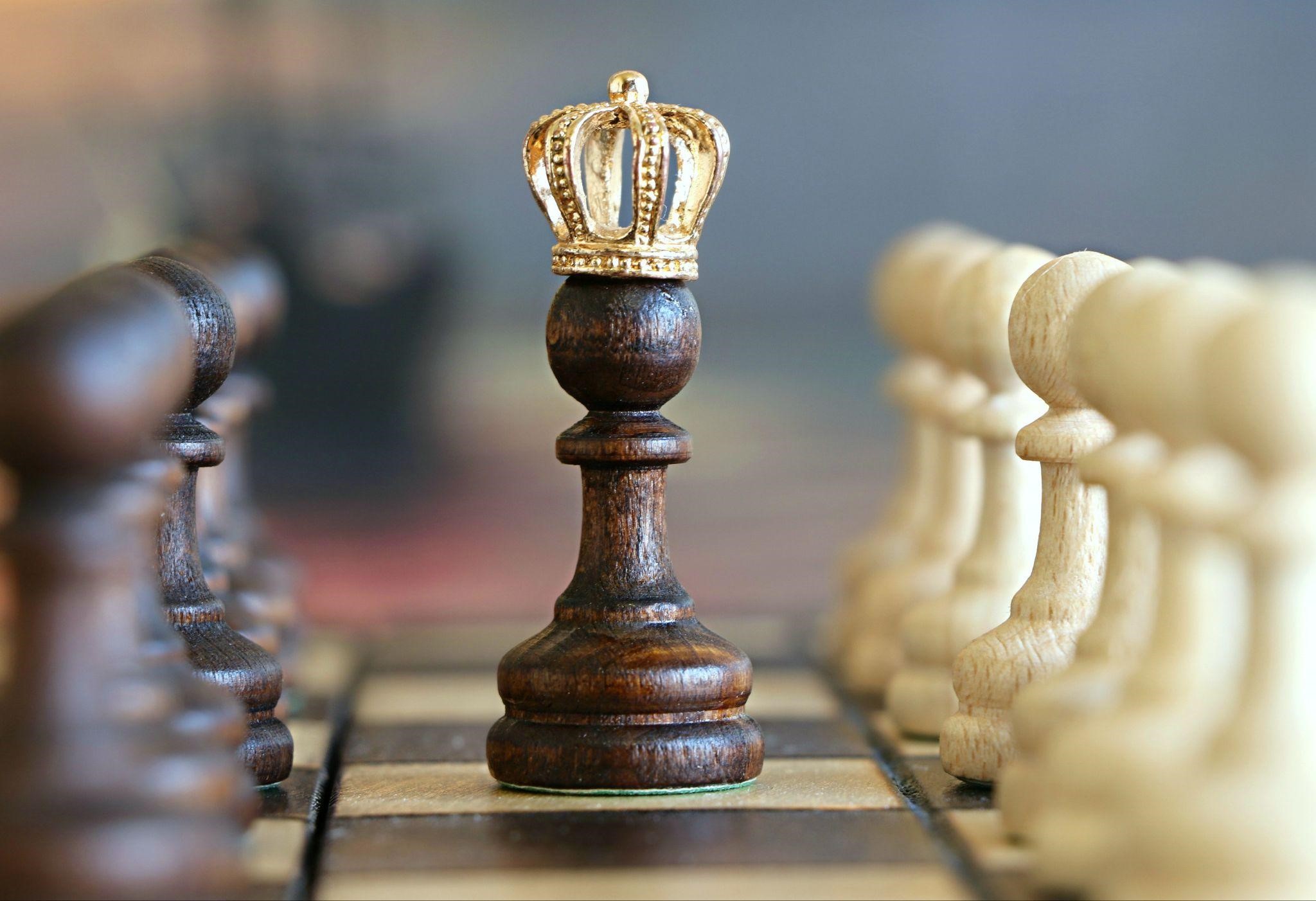
Here is a brief overview of the characteristics associated with each court card rank:
Kings: The Kings represent mature, authoritative, and masculine energy. They embody leadership, wisdom, and mastery within their respective suit. They can symbolize a figure of authority, someone who is confident, stable, and responsible.
Queens: The Queens embody feminine energy and represent nurturing, intuitive, and empathetic qualities. They are associated with emotional depth, compassion, and a strong connection to their intuition. Queens can symbolize nurturing figures or individuals who offer support and understanding.
Knights: The Knights are characterized by action, drive, and adventurous spirits. They often signify energetic and dynamic individuals who are enthusiastic about pursuing their goals. Knights can represent messengers or people who bring exciting news or opportunities.
Pages: The Pages represent youthful energy, curiosity, and the potential for growth. They often signify individuals who are eager to learn, explore, and start new endeavors. Pages can indicate messengers or signify the beginning of a new phase or chapter.
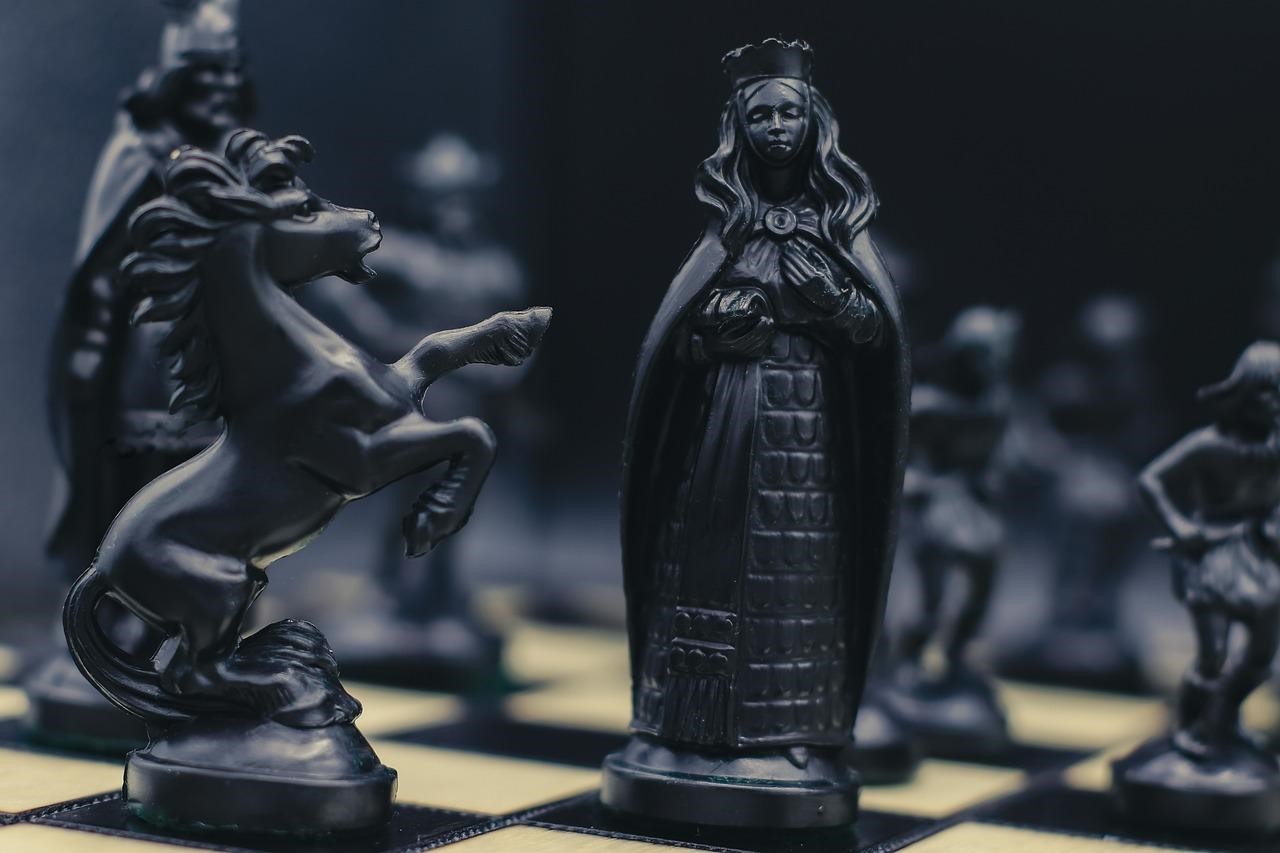
During a tarot reading, court cards can provide insight into the people or personality traits relevant to the seeker's situation or question. They may represent actual individuals in the seeker's life or aspects of the seeker's own personality that are influencing the current circumstances.
Interpreting court cards involves considering their suit, their position in the spread, and the surrounding cards. Each court card may have multiple interpretations, and their meanings can vary based on the context of the reading. Experienced tarot readers use intuition and a deep understanding of the cards to provide nuanced and relevant interpretations of court cards in a reading.
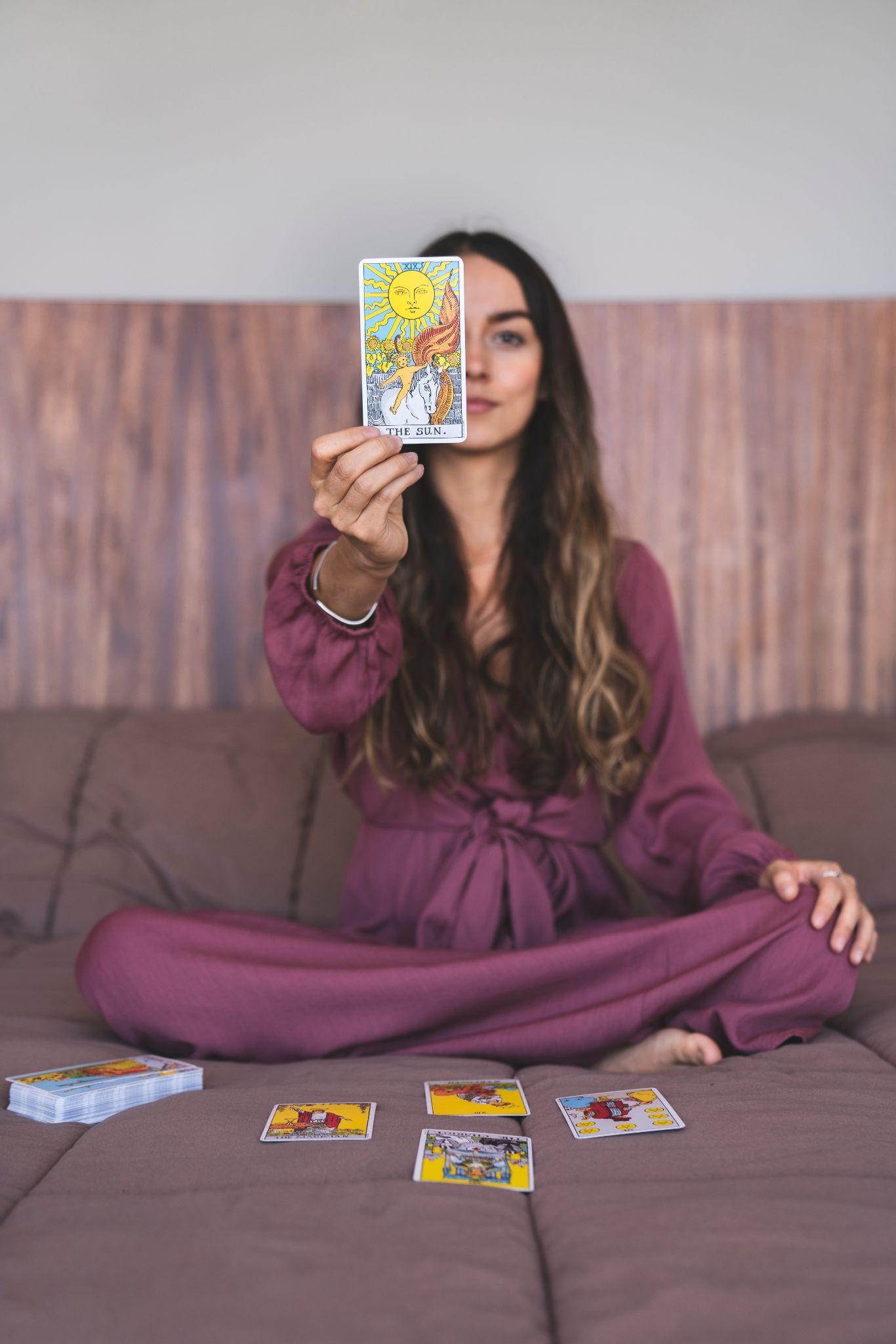
It's important to remember that tarot readings are subjective and open to personal interpretation. A skilled tarot reader can provide insights and guidance, but the seeker's intuition and self-reflection play a significant role in understanding the messages offered by the cards. Tarot can be a valuable tool for self-discovery, gaining clarity, and finding guidance along life's journey.
As we journey through the captivating world of tarot, we find a profound tool that reveals the hidden realms of our consciousness, providing clarity and understanding. The art of tarot invites us to embrace our intuition, connect with ancient symbolism, and embark on a transformative journey of self-discovery. So, rely on Pharaw and book your readings. Let us step into this enigmatic realm, where the cards hold the keys to unlocking the mysteries that lie within us, guiding us toward a path of enlightenment and personal growth.